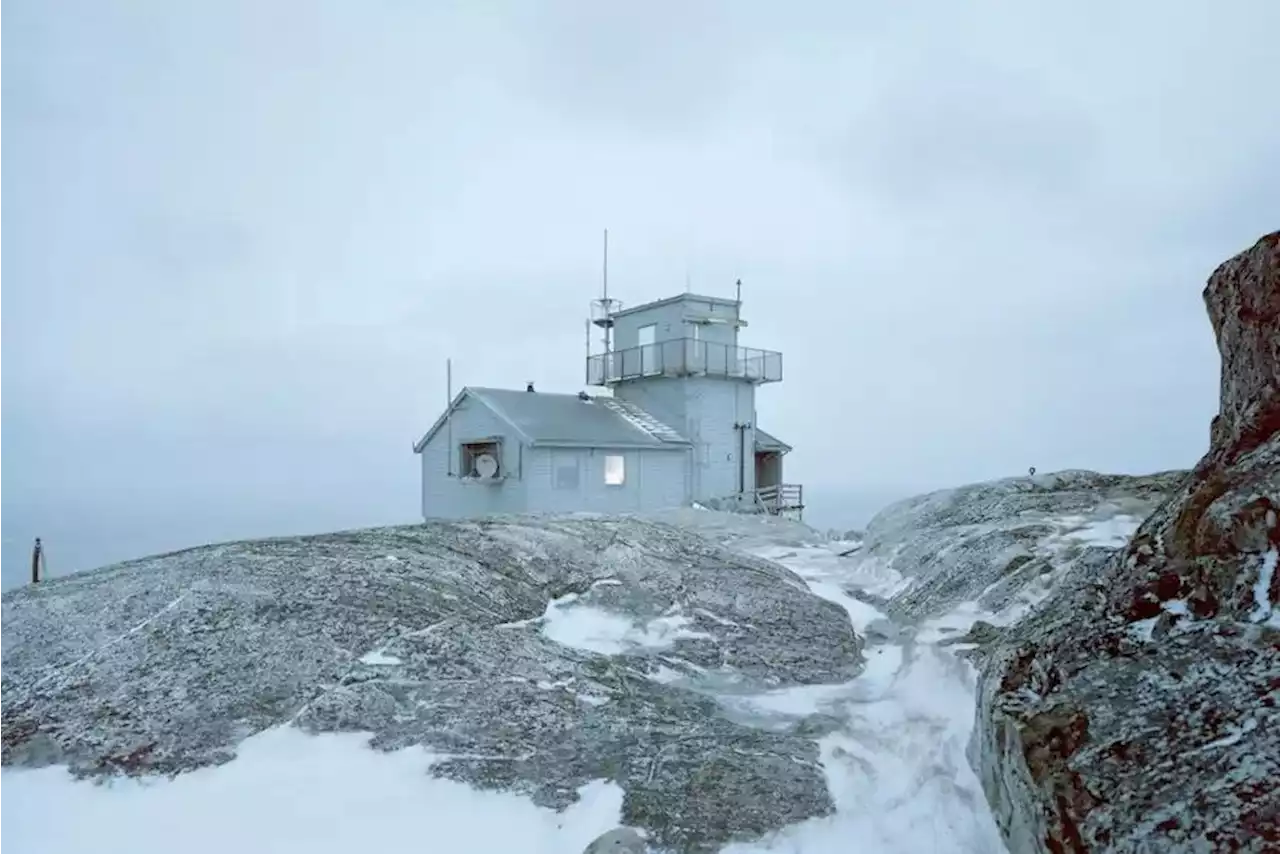As global warming accelerates, the Arctic is changing fast. Gregor Sailer captures this deep shift in his photographs of military stations and ice monitoring kit, part of his exhibition called The Polar Silk Road
THESE chilly and chilling images, taken within the Arctic circle, capture the economic and geopolitical tensions that are only growing in the region as global warming accelerates. They come from photographer Gregor Sailer’s latest project, The Polar Silk Road.
Its title refers to new routes that are being carved out across the region to facilitate trade between the US, western Europe and east Asia. At sea, this has only become possible as more ice melts.The Arctic is home to many research and military bases. The photographs above highlights military outposts. The main image is the Norwegian Observation Post 247, on the country’s border with Russia.
United States Latest News, United States Headlines
Similar News:You can also read news stories similar to this one that we have collected from other news sources.
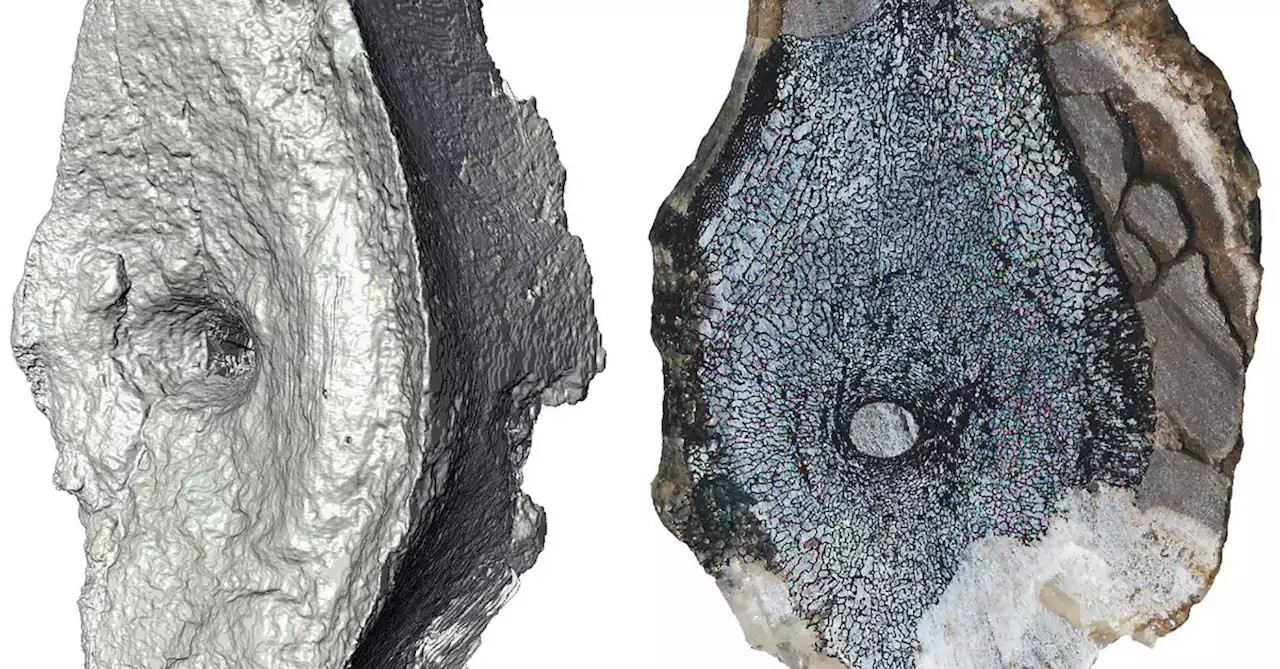 Oldest fossils of remarkable marine reptiles found in ArcticIchthyosaurs were a successful group of marine reptiles that prospered during the age of dinosaurs, some reaching up to around 70 feet (21 meters) long - exceeded in size in the history of Earth's oceans only by the largest of the whales.
Oldest fossils of remarkable marine reptiles found in ArcticIchthyosaurs were a successful group of marine reptiles that prospered during the age of dinosaurs, some reaching up to around 70 feet (21 meters) long - exceeded in size in the history of Earth's oceans only by the largest of the whales.
Read more »
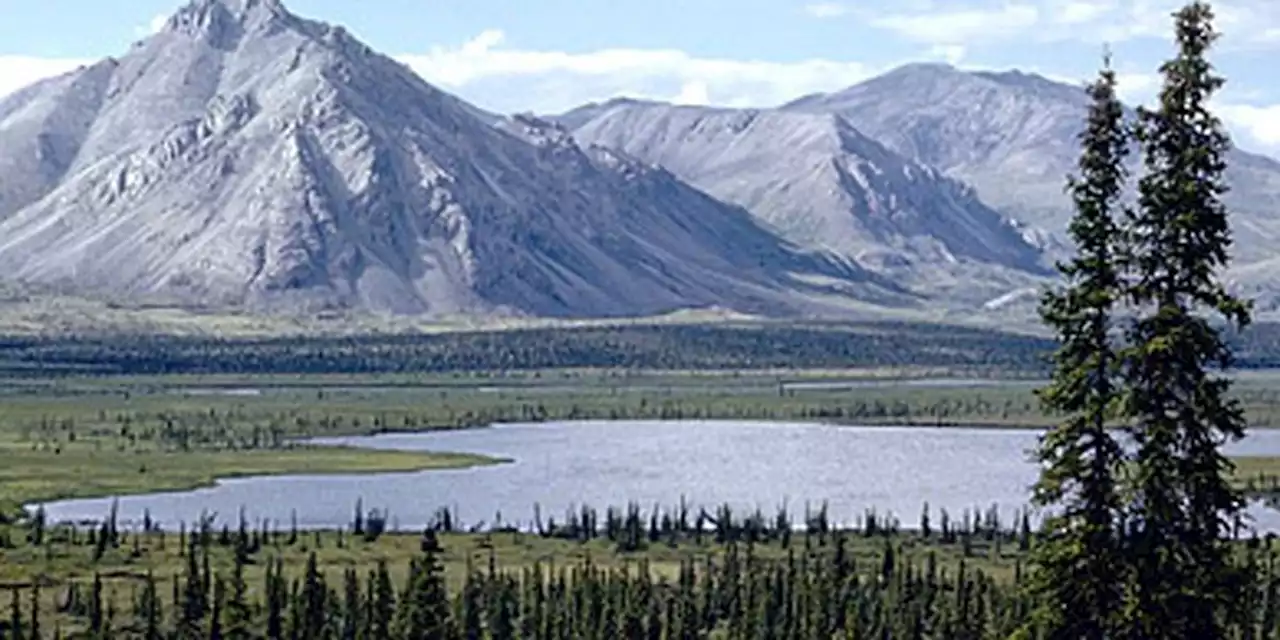 U.S. District Court instructs review of Arctic National Wildlife Refuge borderThe state of Alaska argues the western border of the Arctic National Wildlife Refuge was incorrectly surveyed by BLM.
U.S. District Court instructs review of Arctic National Wildlife Refuge borderThe state of Alaska argues the western border of the Arctic National Wildlife Refuge was incorrectly surveyed by BLM.
Read more »
 Experts Warn: Current Arctic Climate Modeling Too ConservativeAccording to researchers at the University of Gothenburg, the current climate models utilized by the UN's IPCC and other organizations to forecast climate change are inaccurate in predicting the Arctic's future. They contend that the pace of warming in the Arctic will surpass projections significant
Experts Warn: Current Arctic Climate Modeling Too ConservativeAccording to researchers at the University of Gothenburg, the current climate models utilized by the UN's IPCC and other organizations to forecast climate change are inaccurate in predicting the Arctic's future. They contend that the pace of warming in the Arctic will surpass projections significant
Read more »
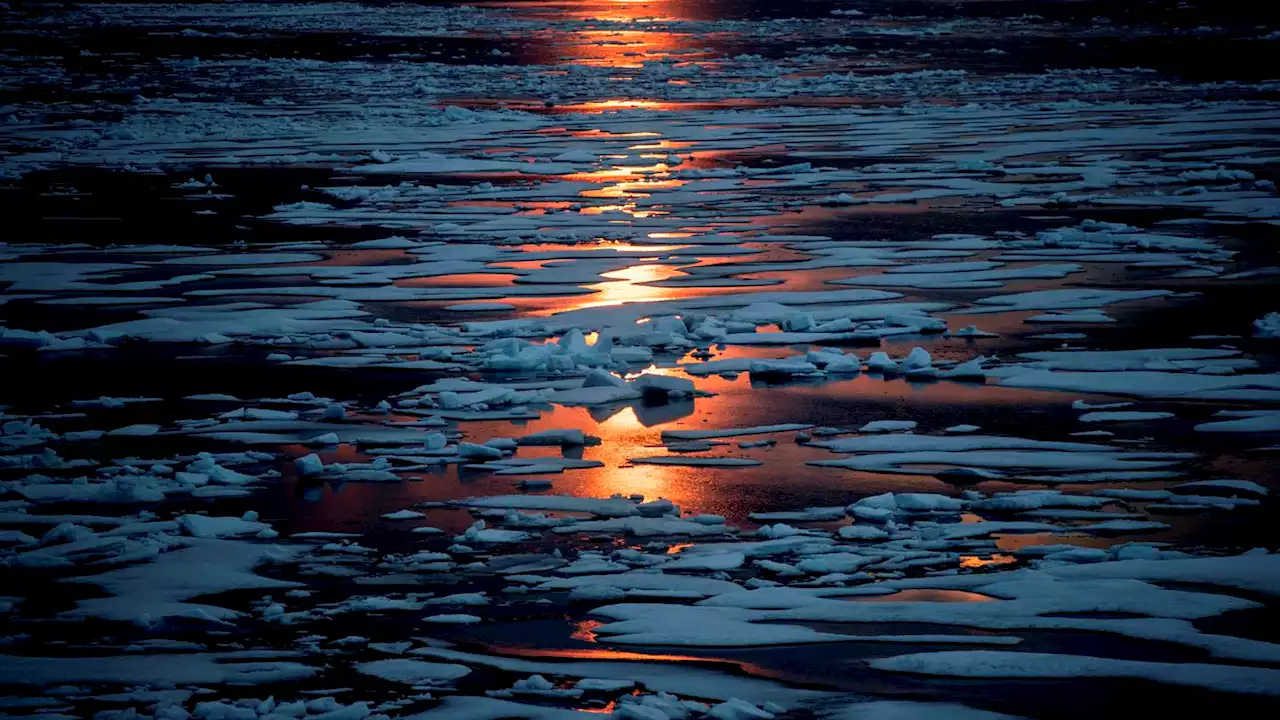 Arctic sea ice thins in 2 big jumps, and now more vulnerableArctic sea ice is in trouble
Arctic sea ice thins in 2 big jumps, and now more vulnerableArctic sea ice is in trouble
Read more »
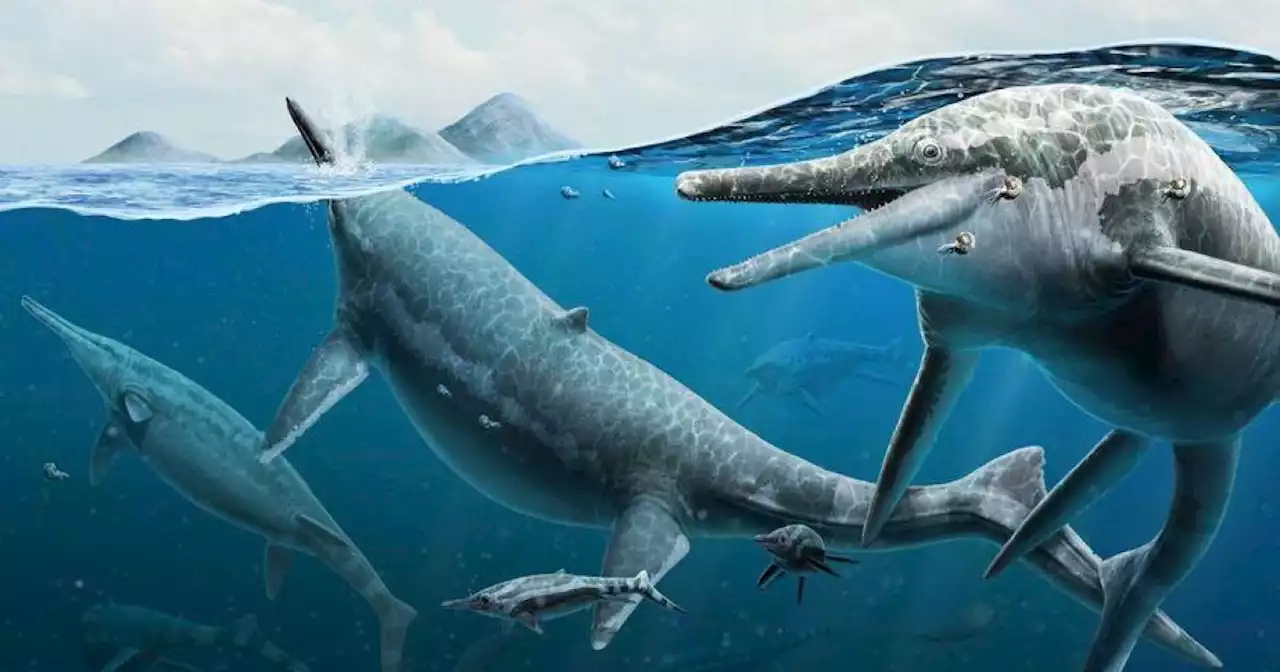 Fossils of massive ancient marine reptile found on remote Arctic islandThe remains were about 250 million years old and offer new evidence for how ichthyosaurs may have evolved.
Fossils of massive ancient marine reptile found on remote Arctic islandThe remains were about 250 million years old and offer new evidence for how ichthyosaurs may have evolved.
Read more »
